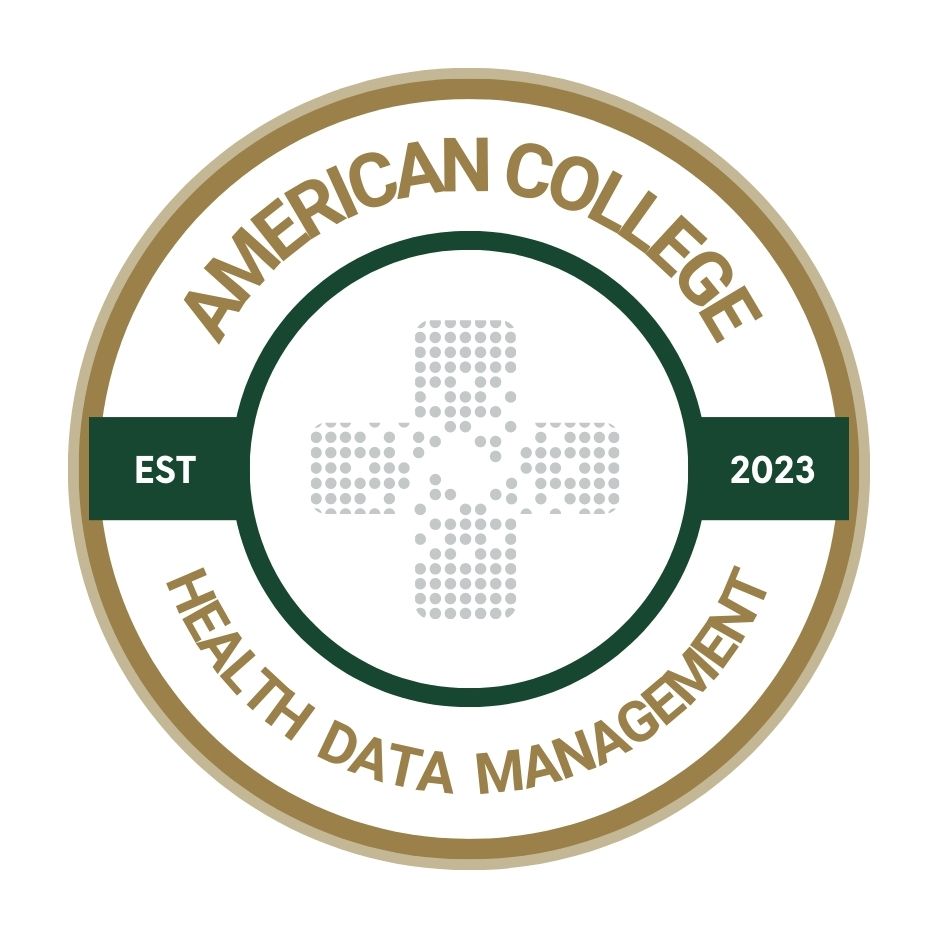How healthcare operations are getting a long-overdue overhaul
Fractured technology ecosystems need to move to platforms that enable consolidation and efficiency that supports end users.
If there’s one theme emerging in healthcare operations in the post-COVID era, it’s this – complexity is unsustainable, and it’s actively impeding progress.
The average health system now relies on more than 150 discrete solutions to manage operations. That number can spike to 3,000 or more across sprawling health systems, according to data from symplr’s annual Compass Survey.
The resulting fractured technology ecosystem leaves clinicians burdened, IT leaders exposed to cyber risk and health systems struggling to manage costs.
In a recent HDM roundtable, leaders from symplr, including Kristin Russel, Steve Filler, Jeff Peterson and BJ Schaknowski, contended that the operational platform is a long-overdue pivot in healthcare. If they’re right, the days of stitching together fragmented “point solutions” may be coming to a close.
Operations are front and center
“The COVID years prompted massive investments in healthcare technology,” said Russel, chief marketing officer at symplr. “But what’s become clear is that operations dictating how we run healthcare must be as strategic as how we deliver care.”
The Compass Survey shows labor shortages and margin compression still top the list of executive concerns. At the same time, more than 85 percent of clinicians report losing an hour or more each day because of administrative tasks that often force them to bounce between outdated, non-integrated systems. “If we do our job right, we give clinicians time back, and that’s the impact that matters most,” Russel noted.
Healthcare’s operational stack has become “a gnarly mess,” contended Filler, the company’s chief operating officer. CIOs are now responsible for an increasingly fragile ecosystem filled with legacy apps, homegrown solutions and security vulnerabilities. So, there’s much to be gained if fewer tools can be used.
“Platforms solve for consistency and reduce vendor sprawl,” Filler said. “You drive out duplication. You reduce your cybersecurity exposure. And most importantly, you streamline workflows across teams.”
Peterson, the company’s chief technology officer, added that most operational applications are outdated, on-prem and siloed. “Modernization doesn’t just mean a shiny new (user interface). It means building on secure cloud infrastructure, like AWS, and creating shared data models that power interoperability and AI at scale.”
Cybersecurity as a first principle
The stakes are high, said Schaknowski, symplr’s CEO. He pointed to 2024 as “the year of resiliency.” From high-profile cyberattacks on revenue cycle providers to entire health systems reverting to paper records, security is no longer a nice-to-have.
“Platform providers start with InfoSec,” he emphasized. “It’s in their DNA. Point product vendors are still catching up.”
Indeed, the shift toward unified platforms isn’t just about ease of use; it’s about risk mitigation. “Every integration point is a potential vulnerability,” Peterson explained. “Consolidation helps close those doors before bad actors even knock.”
AI as an enabler, not a distraction
With generative AI taking center stage in the tech world, healthcare leaders are cautiously optimistic. But some question whether it’s the right time to introduce AI into an already overwhelmed operations environment.
Not if you view AI as a silver bullet. But if it’s embedded in a secure, modern platform, then AI can be a force multiplier, the symplr team said.
“AI isn’t a distraction; it’s an enabler,” Filler said. “Used correctly, it amplifies operational efficiency and reduces administrative burden. But it only works when the data is clean, centralized and contextual.”
Peterson emphasized that AI insights are only as good as the underlying data. “Because our platform unifies data across applications, we can extract insights that simply aren’t possible when data is siloed,” he contended.
Lessons from the EHR era
But technology alone isn’t enough. The industry has been down this road before.
“Think back to EHR rollouts,” said Mitchell Josephson, the roundtable’s moderator and president of the American College of Health Data Management. “Systems that treated EHRs as IT projects struggled. Those that made it a clinical transformation led by the right stakeholders saw better outcomes.”
Russel agreed. “We have to organize around the end user. That’s why we structure our platform capabilities around personas, clinical leaders, talent managers, supply chain, payers. We build for them, with them.”
Filler added that symplr has restructured its entire organization, product, sales and user groups, to reflect those operational personas. “The CIO is the enabler, but success depends on aligning to the needs of every functional area.”
CIOs move from firefighter to partner
One of the most striking shifts, according to Schaknowski, is how CIOs are now positioned within the health system.
“Five years ago, CIOs were chasing down department heads and just trying to keep email servers running,” he said. “Today, they’re at the table with chief medical officers, nurse executives and compliance leaders delivering business outcomes, not just tech.”
In short, the CIO role has evolved from reactive IT lead to strategic co-pilot. And platform technology is making that possible.
The final vision for many tech leaders is to have connected workflows that span departments and use cases. Russel offered a compelling example: “Imagine a quality incident recorded in our Midas platform automatically informing scheduling, credentialing and onboarding processes. That’s integration driving transformation.”
In a space long defined by fragmentation, symplr’s leaders are betting that integration done right will unlock the next chapter in healthcare operations. The industry’s challenge now is to adopt with intentionality, implement with security and build with users in mind. In a sector where every minute matters, the operations platform may finally give time back to the people who need it most.
